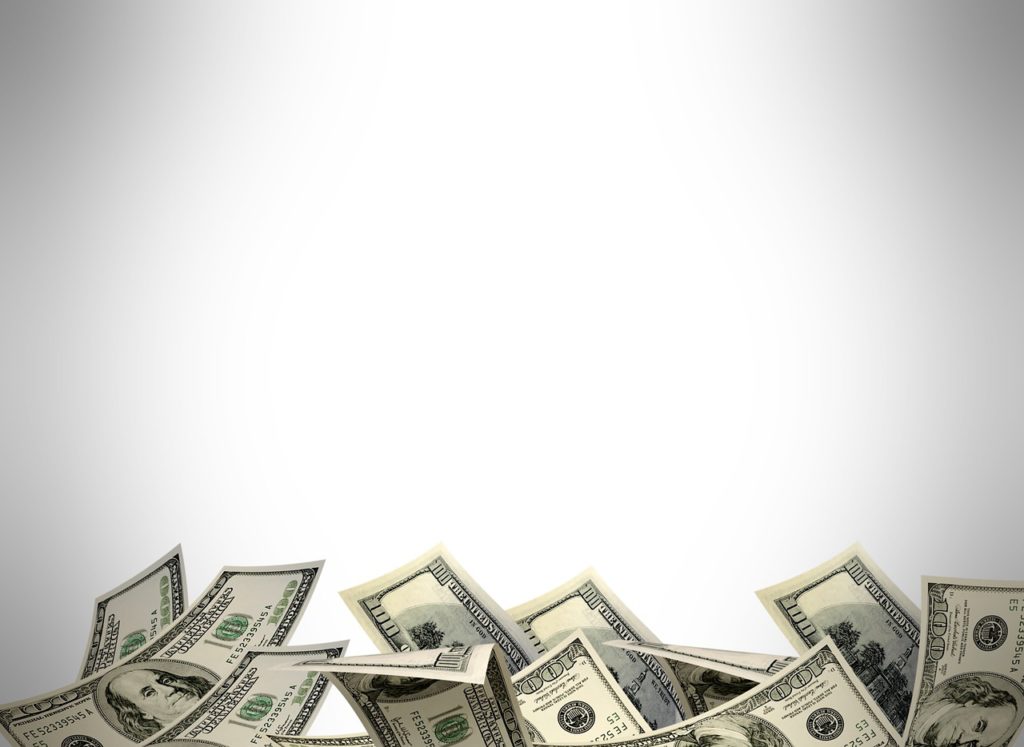
When planning for retirement, nothing is more exciting than plugging in your annual savings, choosing an expected rate of return, and then seeing the massive dollar amount you can expect as your nest egg matures. But is what you see really what you get? Unfortunately, as inflation again rears its ugly head, the answer is a resounding no.
An Old Problem Returns
After nearly a decade of low inflation, many investors – particularly younger ones – have forgotten its corrosive impact on retirement savings. But with the Federal Reserve planning an aggressive policy of interest rate hikes – a sure sign of inflation fears – investors should be prepared for the effects of declining purchasing power on their long-term strategy.
My grandparents constantly remind me that they used to buy a gallon of gas for a quarter and a cheeseburger for a dime. While many of us know this story all too well, how many have considered the impact this will have on our prospects for retirement?
The Silent Dwindling of Years of Savings
Imagine a 25-year-old just starting his career in 1977, John, who has dreams of becoming a millionaire by retirement. He does the math, works out his monthly contributions, and begins diligently stashing away cash each month. When he retires at age 65 in 2017, he finally has his million dollars. But does he? According to the inflation calculator from the Bureau of Labor Statistics, his $1,000,000 today would only have bought $249,548 worth of goods and services in 1977 when his planning began.
Also Read: Inflation: Effects on Retirement Income and Ways to Tackle It
Just like that, our unlucky saver’s nest egg has lost 75% of its value, not in a sudden market crash or a fire, but from a slow, gradual, and insidious devaluation of his currency. Now relying on a fixed income in retirement, John’s nest egg has evaporated, his budget grows increasingly pinched each year, and more and more of his limited resources are going to health care costs, which are rising the fastest of all!
Ronald Reagan famously described inflation as being, “as violent as a mugger, as frightening as an armed robber, and as deadly as a hitman.” As the federal debt nears $20 trillion dollars, the prospect of significant inflation to come is almost guaranteed.
How to Combat Inflation in Retirement Planning
Inflation is here to stay, and the savvy investor must be proactive and aggressive in protecting his or her fortune from this silent menace. From smart planning to thoughtful choices of asset classes, myriad options exist to battle inflation and ensure adequate income during retirement.
Factoring Inflation into All Investment Decisions
Instead of burying your head in the sand, acknowledge that inflation is a real and major threat to your financial well-being. Actively consider its impact in all investment planning and forecasting decisions. This is actually a lot easier than it sounds. If you expect an 8% return and a 3% inflation rate, your “real” return is only 5%.
Websites like Personal Capital make your planning even easier. It features a robust retirement income tool that allows you to make adjustments for a number of factors including inflation, future tax rate, and the percentage of promised Social Security benefits you will receive. By planning for the worst, you can ensure that your savings will hold up even under extreme inflation.
Choosing Mitigating Investments
Perhaps the most important part of your inflation mitigation strategy is owning a diversified portfolio that includes known hedges against inflation and increasing your holdings in these categories when inflation revs up. Gold, commodities, and real estate all tend to fare better in inflationary environments while cash and cash equivalents, unsurprisingly, fare the worst.
Your best bet might be TIPS – Treasury inflation-protected securities. TIPS are purchased directly from the federal government and are indexed for inflation as measured by the Consumer Price Index (CPI). If the CPI goes through the roof, your payout will be adjusted accordingly. There are plenty of options to safeguard your assets, but being proactive is key.
Continuing Investment throughout Retirement
Finally, during retirement, many investors become extremely conservative, shifting their assets to cash, CDs, and a variety of other low-yielding instruments. While adopting an increasingly conservative asset mix in retirement is certainly prudent, an all cash portfolio is extremely vulnerable to inflation and will face the most rapid deterioration in value. Retirees must continue to invest, albeit in safer options, in order to keep inflation at bay.
Budgeting for Your Biggest Expense
Inflation – not housing, food, or medical care will have the biggest impact on your budget in retirement. Its impact can be managed, but only through careful planning, consideration, and vigilance. To ignore the immense threat inflation poses to your portfolio is to risk finding yourself the victim of an armed robber – stealthily making off with your retirement in the night.
